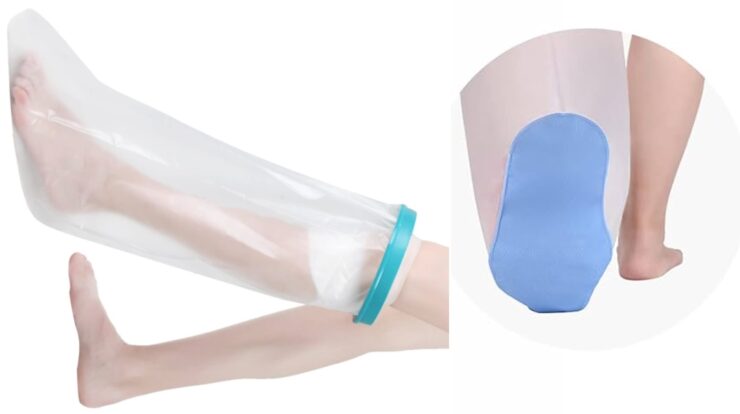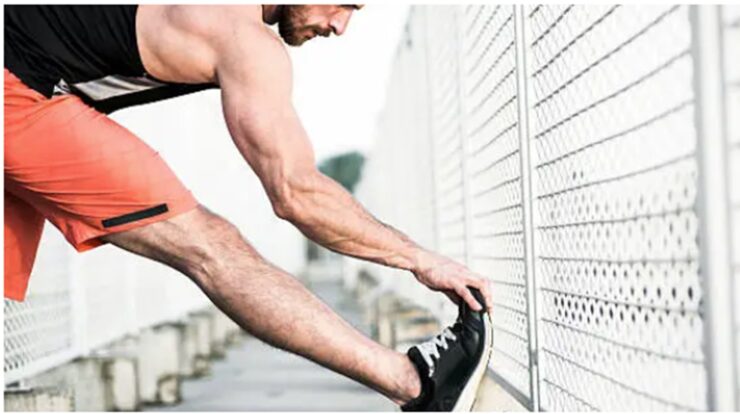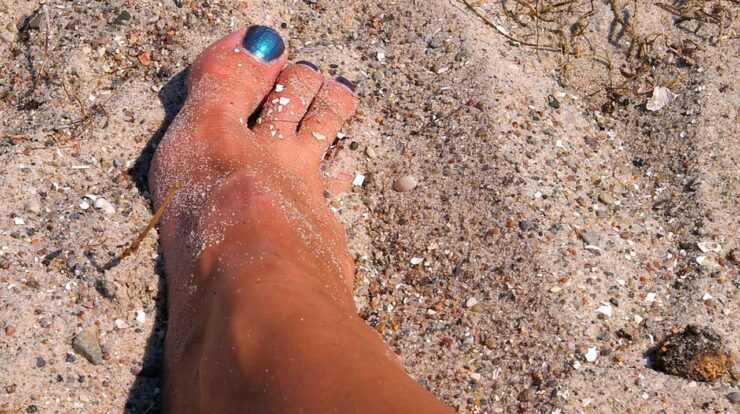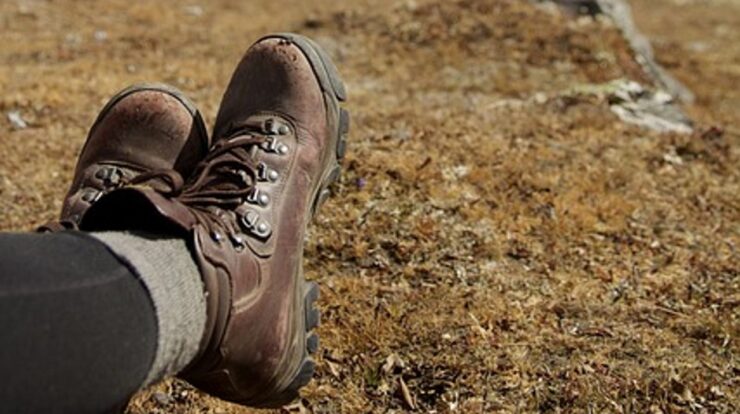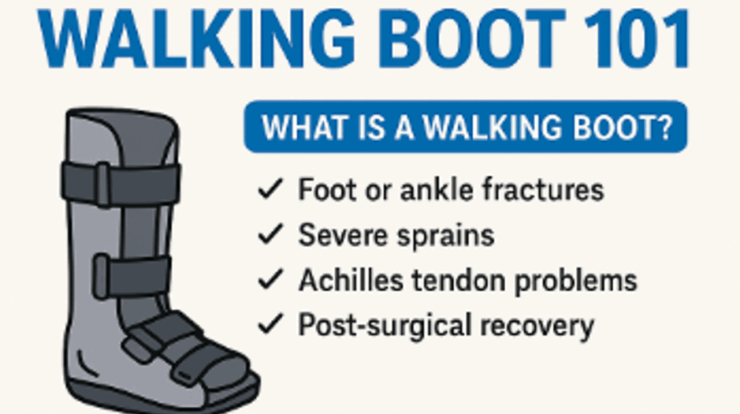
When you first hear that you need a walking boot (also called a CAM walker or orthopaedic boot), it’s natural to feel uncertain. How do you use it? How long will you wear it? Can you still move around safely?
This guide explains everything you need to know about walking boots — from how they work to practical tips for staying comfortable during your recovery.
What Is a Walking Boot?
A walking boot is a medical device designed to support your foot, ankle, or lower leg after an injury or surgery. It helps protect healing bones, ligaments, and soft tissues while allowing limited movement so you can gradually return to normal mobility.
You might receive a walking boot for conditions such as:
- Foot or ankle fractures
- Severe sprains or ligament injuries
- Achilles tendon problems
- Post-surgical recovery
- Stress fractures or plantar fasciitis
Unlike a plaster cast, walking boots are removable, adjustable, and reusable, which allows for cleaning, skin checks, and progressive weight-bearing as your injury heals.
Key Parts of a Walking Boot
Most boots include:
- Rigid outer shell – protects against impact and restricts unwanted movement.
- Soft inner liner – cushions the foot and reduces friction.
- Velcro straps or air pump – secure the boot and help adjust the level of compression.
- Rocker sole – helps you walk naturally by encouraging a rolling motion through your step.
Different models vary in height, weight, and comfort features — some have built-in air bladders for adjustable pressure, while others are lightweight for minor injuries.
Tall vs Short Walking Boots
Choosing the right boot depends on your injury:
| Type | Best For | Key Benefits |
|---|---|---|
| Tall Boot | Injuries involving the ankle, shin, or Achilles tendon | Provides extra stability and limits movement across multiple joints |
| Short Boot | Foot or forefoot fractures, metatarsal injuries | Easier to walk in, lighter, and allows more freedom for the knee |
If your doctor hasn’t specified a type, ask before purchasing. Using the wrong boot can delay healing or cause secondary issues like hip or knee strain.
How to Fit and Wear a Walking Boot
- Wear the right sock – Choose a long, soft, moisture-wicking sock that covers your calf. It prevents rubbing and keeps your skin dry.
- Sit down to apply – Place your foot in the boot, ensuring the heel is snug against the back.
- Tighten straps evenly – Start from the bottom up to distribute pressure and prevent sliding.
- Check alignment – Your foot should sit flat, not tilted.
- Test the fit – It should feel secure but not overly tight. If your toes tingle or your foot changes colour, loosen immediately.
Pro Tip: Always wear a shoe with a similar sole height on your non-injured foot. This keeps your hips level and prevents knee or back pain.
Learning to Walk in Your Boot
Walking in a boot may feel strange at first because the rocker sole changes your gait. Here’s how to adapt:
- Start slow: Use crutches or a cane if advised by your doctor.
- Keep steps short and controlled.
- Strike heel first, then roll through the foot — let the rocker do the work.
- Avoid uneven surfaces until you are confident.
Most people adjust within a few days, but your pace should depend on your pain level and medical advice.
Sleeping, Showering, and Everyday Life
- Sleeping: Unless told otherwise, remove the boot while sleeping to rest your leg and prevent moisture build-up.
- Showering: Use a waterproof boot cover or remove it if your doctor allows. Never let the inner liner get soaked.
- Driving: Check with your doctor — driving with a boot on the right foot is often unsafe or illegal.
Caring for Your Boot
- Clean the liner regularly with mild soap and air dry completely.
- Inspect straps for wear or fraying.
- Check screws or air bladders if applicable — minor repairs are easy with basic kits.
- Replace worn-insoles to maintain comfort and hygiene.
Keeping the boot clean and well-fitted prevents odours, skin irritation, and premature damage.
Common Mistakes to Avoid
- Wearing the boot without socks (causes blisters).
- Over-tightening straps (restricts circulation).
- Ignore discomfort on the opposite leg or hip; adjust footwear height.
- Removing the boot too early without professional clearance.
Healing takes time; follow your care plan carefully.
When to Call Your Doctor
Contact your healthcare provider if you experience:
- Persistent swelling or severe pain
- Numbness or tingling
- Redness, warmth, or drainage from wounds
- Difficulty walking even with support
These may signal complications that require review or an adjustment to your treatment plan.
Final Thoughts
A walking boot can be your best ally during recovery — but only when used correctly. Take time to fit it properly, follow professional guidance, and keep your body balanced as you heal.
Recovery isn’t just about immobilising an injury; it’s about maintaining whole-body movement and health while you get back on your feet.
If you’re shopping for your first walking boot, explore our detailed comparison guide: How to Choose the Right Walking Boot for Your Injury →

